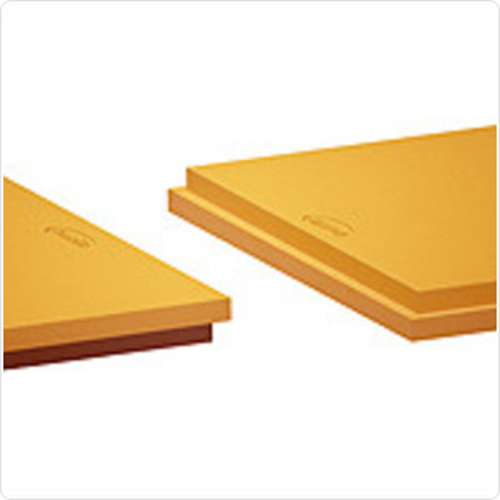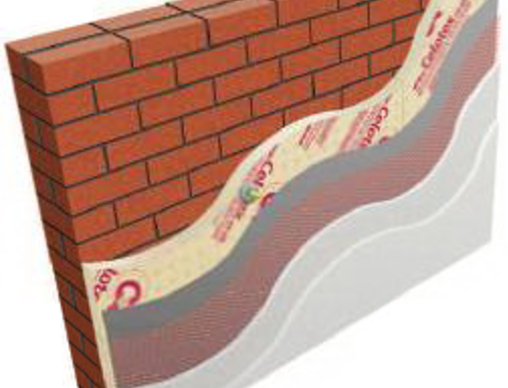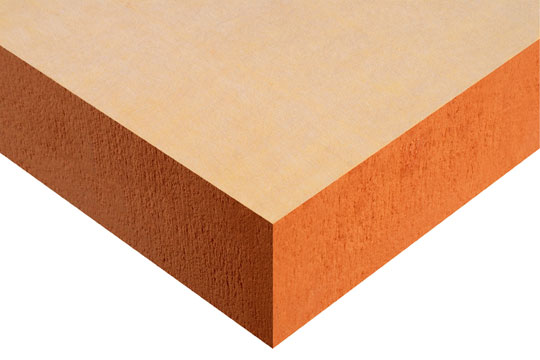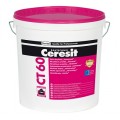External Wall Insulation Systems
by Mark Row
Staying on the Safe Side with External Wall Insulation
External wall insulation systems keep you on the safe side when it comes to optimal thermal performance within your home. Though somewhat more complicated and demanding than the alternative internal wall insulation, this type of insulation adds another protective layer to your home protecting it from harmful weather conditions, both during winter and summertime. This is why it is important when opting for one of the insulating methods to keep in mind not only how much will it cost or how complicated it may be, but also how effective will it be in providing a properly insulated and well protected environment.
Insulating a solid wall
There are two basic ways for insulating a solid wall. You could go for internal or external wall insulation systems. They both serve the same surface but still have some differences regarding insulation materials, insulation methods, effects etc. Internal wall insulation is performed by adding an insulation material such as PIR or polystyrene boards or mineral wool to the interior wall. Though usually less expensive, time consuming and something you can do yourself, it will reduce your interior space and can be disrupting to your everyday living since performed on the inside. Another important issue with internal insulation is that any existing damp problem needs to be properly resolved before commencing the insulating process. If all of this presents a problem for you, insulating your exterior wall may be your better option.

External wall insulation systems comprise of a few components jointly added to your exterior in order of providing thermal insulation and a smooth finish for your walls. Namely, some insulation material is first added by using specially designed adhesives, then covered with some type of render or cladding. Finally, it is then painted, textured, pebble-dashed, tiled or finished with a brick pattern for a smooth look. The installation work may require scaffolding and building up a temporary roof in order of stopping the water from penetrating in while the work is done, bearing in mind the depth of the insulating system, which will involve roof and wall junctions adaptation, moving water pipes, door and window openings. Since done on the outside, expect it to drastically change the building appearance, even with smaller alterations such as window surrounds or cornicing up to windows and doors relocation. This is why these systems may require special permits so be sure to check with your local authorities and acquire such permissions before insulating. Finally, although external wall insulation should be properly protected from the rain, it must not be done in such way which would trap the moisture inside the wall, but allow the building structure to “breathe” and let the moisture evaporate.
Now, what will you get with external wall insulation? There are many positive effects including heat loss and cooling energy demand reduction which all keeps you electricity bills down low and leads to lower CO2 emissions. There is always the matter of eliminating interior condensation and overcoming damp and mold growth problems. This will also make your interior temperature more resistant to weather conditions and temperature fluctuations, maintaining a more constant temperature within your home. The very installation process will not disrupt you in any way, it will not reduce your interior space and can also have some aesthetic value, renewing the look of your exterior wall, while at the same time filling cracks and gaps and protecting the brickwork, thus prolonging the life of your walls.
Exterior wall insulation materials
As mentioned before the exterior wall insulation system consists of some insulating product fixed onto the wall and combined with some kind of render or cladding. When it comes to insulation materials there are a few options available. Insulation London recommends Celotex External Insulation Wall Board, which is especially designed for solid wall applications. It is manufactured as a PIR board with coated glass tissue facings on both sides, with no requirement for separate render boards, it offers a substantial protection though much thinner than insulation alternatives. Another option could be Kingspan External Wall Board which can be used for both solid and cavity wall applications, it is resistant to water vapor passage which is, as mentioned before, very useful for external wall insulation, it has low thermal conductivities and is very easy to install.
Celotex External Insulation Wall Board Kingspan External Wall Board
When it comes to render systems added to the installed insulation, Insulation Shop can offer you Ceresit Silicate-Silicone Render applicable to both internal and external walls, available in more than 200 different colors, dirt, UV and weather resistant, vapor permeable and hydrophobic, it combines all the advantages of silicate and silicone plaster. Ceresit also offers Acrylic Render, especially effective when combined with expanded polystyrene boards and properly certified. There are also numerous other options that could meet all your requirements, including Ceresit ZU Insulation and Mesh Adhesive, Ceresit Primer, Ceresit Silicone Render and much more.
Ceresit Silicate-Silicone Render Ceresit Acrylic Render
Feel free to share your opinion on Tackling Dampness in the comments section below. I will be happy to answer all your questions.







































































































